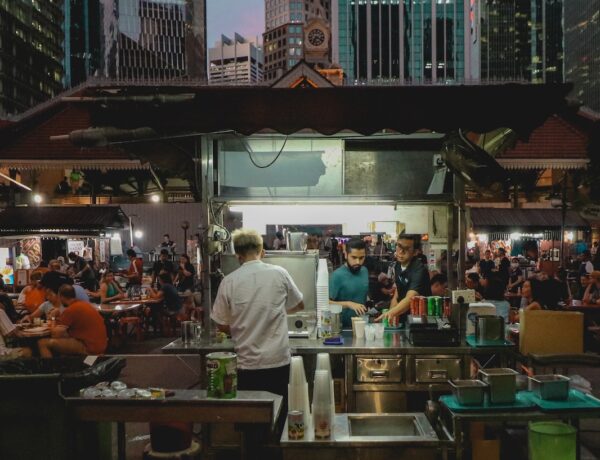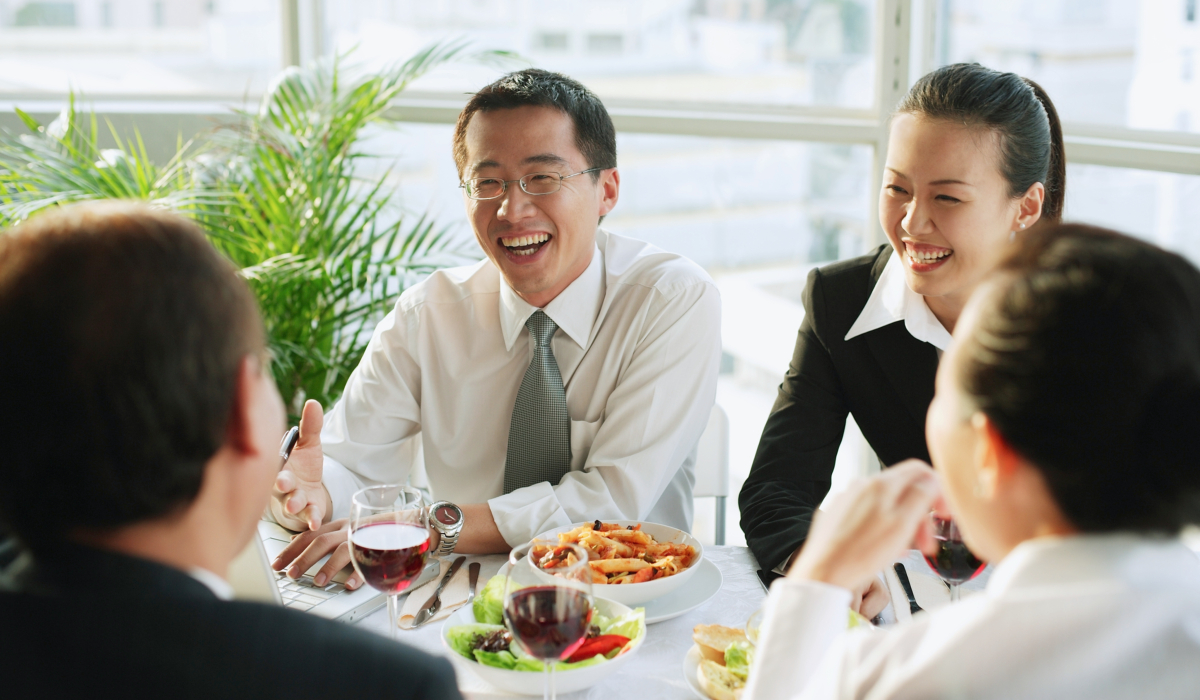Singapore is a multicultural society home to a rich diversity of ethnic groups. The majority ethnicity is Chinese, making up approximately 76.2% of the resident population. Malays constitute about 15%, and Indians around 7.4%. Each group has its unique cultures, traditions, and languages. Mandarin is predominantly spoken among the Chinese, while the Malays communicate in Malay, and the Indians in a variety of languages including Tamil, Malayalam, and Punjabi. Notably, English serves as the lingua franca, facilitating communication among the different ethnic groups and supporting the country’s globally-oriented economy.
Chinese Community in Singapore
The Chinese community in Singapore is incredibly diverse, with origins tracing back to different regions of China. A large proportion of them are descendants of immigrants from the southern provinces of Guangdong and Fujian, who journeyed to Singapore in the nineteenth century during the colonial period. As such, beyond Mandarin, various Chinese dialects such as Hokkien, Teochew, and Cantonese are also spoken within the community. The Chinese have significantly influenced Singapore’s cultural landscape, with Chinese festivals such as Chinese New Year and Mid-Autumn Festival celebrated with zest. Furthermore, elements of Chinese culture are pervasive in daily life, from the traditional medicinal halls offering age-old remedies to the hawker centres serving a variety of Chinese cuisines. However, as Singapore’s Chinese community is highly integrated into the multicultural society, they have also adopted a global outlook, seamlessly blending traditional values with modern sensibilities.
Malaysian Community in Singapore
The Malay community, which constitutes about 15% of Singapore’s population, imparts a distinct cultural hue to the country’s multicultural tapestry. The Malays in Singapore are primarily of Indonesian descent, with cultural roots traceable to regions such as Java, Sumatra, and Borneo. The Malay language, a member of the Austronesian family of languages, is widely spoken within the community, and Malay literature and arts have a vibrant presence in Singapore’s cultural scene.
Malay traditions and customs, such as the celebration of Hari Raya Puasa and Hari Raya Haji, are integral to the cultural calendar of Singapore. The community is also renowned for its culinary contributions, with dishes like Nasi Lemak, Mee Rebus, and Satay being popular not just within the community but across the entire country. Kampung Glam, a historical Malay-Arab district, is a symbol of the community’s rich heritage, featuring landmarks like the Sultan Mosque and the Malay Heritage Centre.
Despite the strong adherence to traditional customs and practices, the Malay community in Singapore is not isolated. They are part of the larger Singaporean narrative, playing an active role in the country’s progress, and balancing the preservation of their unique cultural identity with the demands of a rapidly globalizing world.
Indian Community in Singapore
The Indian community, constituting around 7.4% of Singapore’s population, adds a vibrant color to the multicultural diversity of Singapore. The South Indians make up the majority of the Indian population here, with Tamils being the largest group. However, there is also a significant number of North Indians, Sindhis, and Punjabis, each with their distinct languages and cultural practices.
Tamil, recognized as one of Singapore’s four official languages, is commonly spoken among the Indian community. However, other languages like Punjabi, Malayalam, and Hindi are also spoken within different Indian ethnic groups. The Indian community is celebrated for its rich cultural traditions. Deepavali, also known as Diwali, the festival of lights, is one of the major Indian festivals celebrated in Singapore, illuminating the city with its vibrant colors and festivities.
Indian influence is also evident in Singapore’s culinary scene, with Indian cuisine offering a rich array of dishes, from the fiery curries of the South to the tandoori flavors of the North. Little India, a buzzing historic district, is a testament to the Indian community’s cultural wealth, showcasing an array of traditional Indian shops, spice stores, and temples.
Much like the other communities in Singapore, the Indian community has found a balance between preserving its rich heritage and embracing the global culture. The community continues to contribute significantly to the country’s development, drawing from its rich history while participating actively in modern Singapore’s cultural, political, and economic spheres.
Other Ethnic Groups in Singapore
While the Chinese, Malay, and Indian communities form the majority, Singapore’s cultural tapestry is further enriched by a number of other ethnic groups. The Eurasian community, although small, has a significant presence. With roots tracing back to Europe and parts of Asia, this group brings a unique blend of Western and Eastern traditions to the multicultural mix.
The Peranakan or Straits Chinese community, descendants of Chinese immigrants who married local Malays, is another group that has had a significant impact on Singapore’s cultural landscape. Their cuisine, attire, and architecture, a fusion of Chinese, Malay, and Indonesian influences, contribute to the country’s rich cultural diversity.
Moreover, there is a growing number of expatriates in Singapore from various parts of the world, including North and South America, Europe, Australia, and other Asian countries, each adding their own cultural flavor to this global city. Thus, Singapore truly embodies a multicultural society, housing a myriad of cultures, languages, and traditions.
In conclusion, the multicultural mosaic of Singapore is a confluence of diverse ethnicities, languages, and traditions. The Chinese, Malay, and Indian communities, representing the majority of the population, contribute significantly to the cultural richness of the nation, each preserving their unique heritage while simultaneously adopting a global outlook. These communities have molded a society that is as vibrant as it is harmonious, creating an environment that celebrates diversity and fosters mutual respect among its people. The result is a dynamic, multicultural Singapore that is continually evolving, yet deeply rooted in its rich ethnic heritage.


No Comments